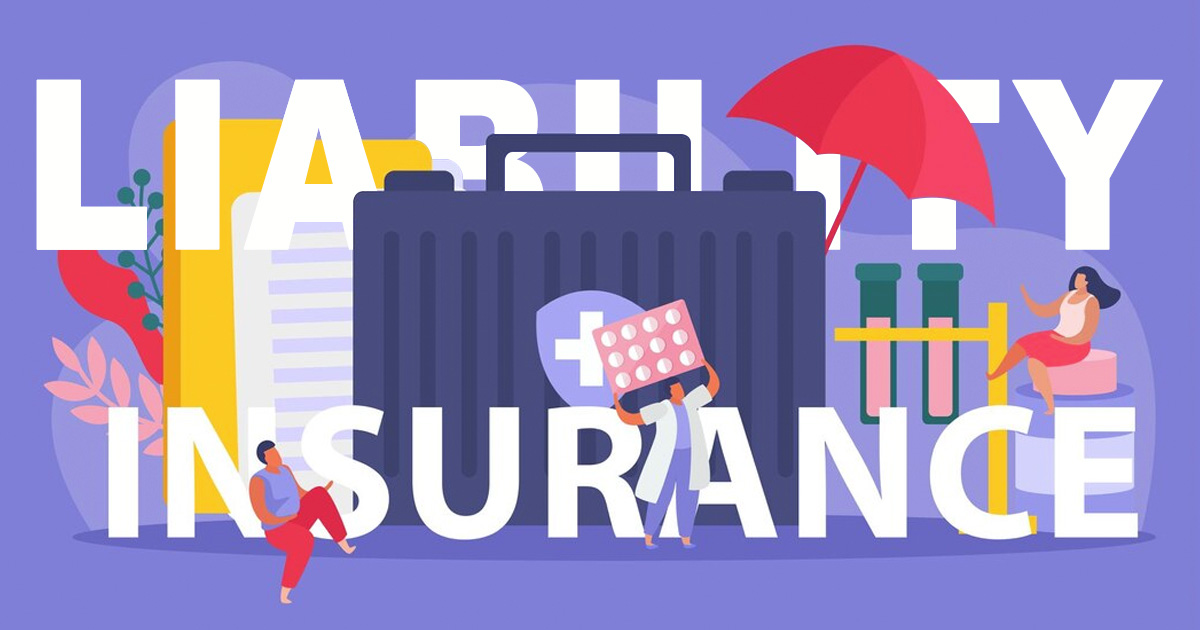Does Liability Insurance Cover Theft? Here’s What You Need To Know

Insurance helps individuals and businesses safeguard their finances by covering unexpected losses and reducing out-of-pocket expenses. Many people assume liability insurance covers theft, but that’s not the case. While liability insurance provides coverage for many different things, it does not protect against stolen property. Understanding the role of different insurance policies can help in choosing the right coverage, especially if you want protection from theft.
What Does Liability Insurance Cover?
Liability insurance is designed to protect the insured from financial responsibility when they cause harm to others. It helps pay for legal expenses, medical costs, and repairs when the insured is held responsible for an incident.
Here are some common types of liability insurance and what they cover:
- Auto Liability Insurance – This covers injuries and property damage the insured causes to others in a car accident. It does not cover theft or damage to the insured’s vehicle.
- Homeowners and Renters Liability Insurance – Protects against claims if someone is injured on the insured’s property. It does not cover stolen personal belongings or break-in damage.
- Business Liability Insurance – This covers legal costs if a business is sued for injuries or property damage caused by its operations. It excludes coverage for financial losses resulting from theft.
While liability insurance is important, it does not offer protection for personal or business property stolen in a theft. For that, different types of coverage are needed.
Does Liability Insurance Cover Theft?
Liability insurance does not typically cover theft because it focuses on protecting the insured from financial responsibility for harming others. Whether it’s an auto, homeowners, or business policy, liability coverage will not pay for stolen property.
For theft protection, policyholders need specific insurance, such as comprehensive auto insurance for stolen vehicles, homeowners‘ or renters’ insurance for stolen belongings, and commercial property insurance for business-related theft. Understanding these distinctions can prevent surprises when filing a claim.
Does Liability Insurance Cover Break-Ins?
Break-ins can result in stolen property and property damage, leading many to wonder if liability insurance provides coverage. Unfortunately, liability insurance does not cover losses from a break-in.
If someone breaks into a home or business, other policies come into play. Homeowners insurance covers damage from a break-in and stolen items. Renters insurance provides similar protection for tenants, while commercial property insurance protects businesses against theft and property damage. Because liability insurance excludes break-ins, securing the appropriate property insurance is essential.
What Kind of Insurance Do You Need to Cover Theft?
Since liability insurance does not cover theft, other policies are available to protect against different types of theft-related losses.
Car Theft
- Comprehensive Auto Insurance – This covers vehicle theft, stolen parts, and break-in damage. It is required for financed and leased cars but optional for owned vehicles.
Home and Property Theft
- Homeowners Insurance – This covers stolen belongings and damage from break-ins. It also protects against fire, storms, and other emergencies.
- Renters Insurance – Protects tenants’ personal belongings against theft, break-ins, and certain disasters.
Business and Commercial Theft
- Commercial Property Insurance – Covers stolen business assets, vandalism, and property damage caused by theft.
- Crime Insurance – Provides additional protection against employee theft, fraud, and other financial crimes.
Having the right policy ensures proper coverage in case of theft. Reviewing policy details can help avoid financial surprises.
How to Ensure the Right Coverage for Theft
Choosing the right insurance policy can greatly impact how you handle theft-related losses. Since liability insurance does not cover theft, consider these steps to ensure adequate protection:
- Review policy details – Check what type of coverage is included in auto, homeowners, or business insurance.
- Understand the coverage limits – Policies often have limits on theft-related claims, so knowing these details can help you avoid unexpected costs.
- Consider bundling policies – Combining multiple insurance policies can lead to cost savings and better coverage options.
- Consult an insurance professional – Speaking with an agent can clarify which policies are necessary for theft protection.
Taking proactive steps ensures financial security in case of theft.
Safeguarding Your Assets
Liability insurance helps protect against claims from others, but it does not provide coverage for theft-related losses. Understanding the right insurance policies for theft protection can prevent financial losses. Reviewing policy details and ensuring adequate coverage can provide peace of mind. Since insurance policies vary, consulting with an insurance agent can help determine the best coverage options. Taking these steps ensures that theft-related losses don’t lead to financial hardship.
